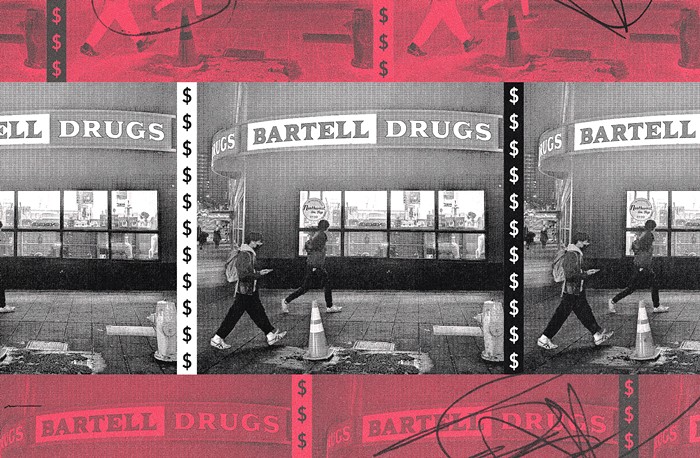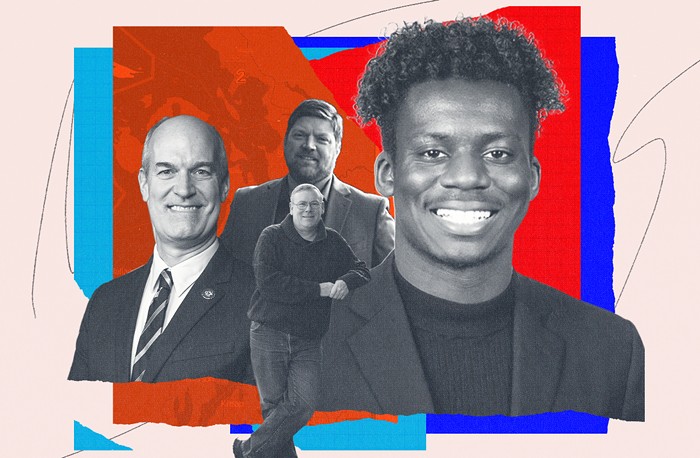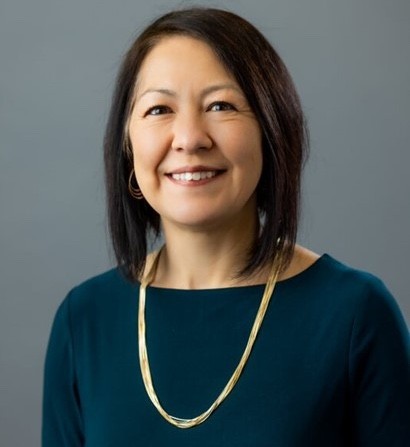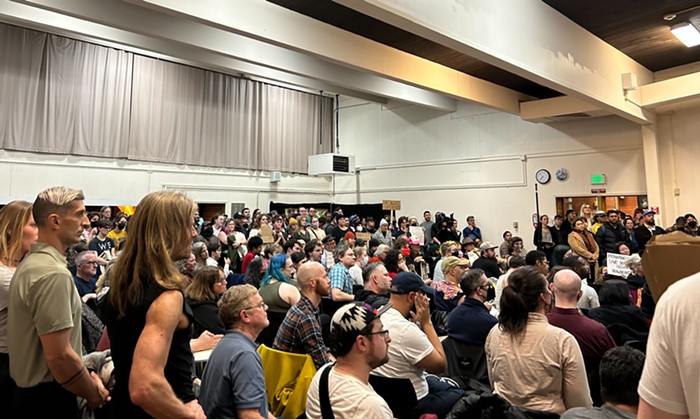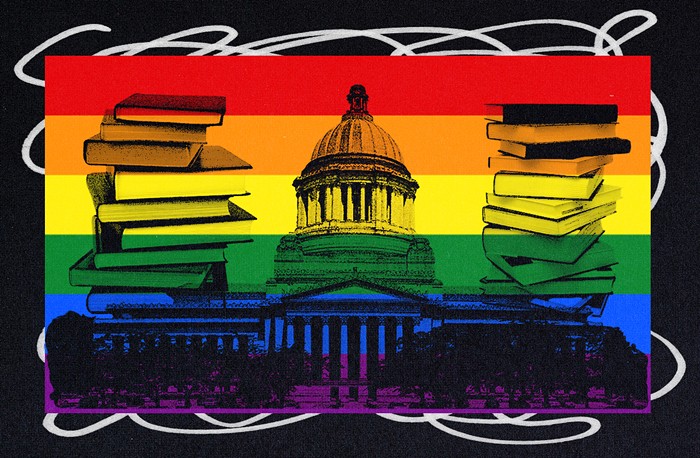Look at these queer kids. They're earnest and smart—so earnest and so smart that you'd give them lots of the city's cash to start a clubhouse and community center for queer youth, right?
The city's Department of Neighborhoods thought so, too, and awarded them $100,000 on June 16 to open a "queer youth space" on Capitol Hill. (The city council still needs to formally approve the grant, but it's essentially a done deal.)
"We believe that it's the largest grant the city has ever given to an LGBT youth organization," says 17-year-old Hanna King, one of about 15 people driving the day-to-day operations of the group (best known for canvassing the city with posters that say "We Need Queer Youth Space"). The organization is run almost entirely by folks between the age of 15 and 20—and that's what they say makes it unique. Other organizations that serve queer youth are run by adults, and they say it's time for a change.
"The difference is that Lambert House is where youth go to get help," says one of the group's founders, Kyle Rapiñan. "Queer Youth Space is for youth to help themselves."
But after the excitement of getting a grant ebbs, the group must do what few have managed to do successfully in Seattle: operate a social-service organization for gay people. With only one full-time staffer funded in its grant, a group of young volunteers must lease a space (they're negotiating terms for a 3,000-square-foot spot on Capitol Hill where they can build a stage and set up a sound system), satisfy a bushel of promises to the city (70 workshops, thousands of people at events, dozens of referrals to health providers, and more), and—the biggest hurdle for so many queer groups with big ambitions—stay relevant and solvent.
King, who graduated this month from Garfield High School, says queer youth need to be able to find other people like them.
"To be the only queer kid in your entire school and to endure bullying and teasing every day is a common experience for kids in Seattle," she says. "Queer youth space gives people a home, a starting place to go out and interact with the world. We have had a lot of contact from teenagers who have wanted to access services, but they don't know where it's safe."
Why don't they believe that Lambert House, the drop-in center for gay youth, can satisfy the interests of queer kids looking for shared space?
"It's empty. There are not queer youth there," says Zara Sedore-Mallin, who adds that most of the folks she saw there were older volunteers. (She doesn't mention that Lambert House lost city funding in 2003 and caused a controversy after its director was found to have spent an evening on the town with a 21-year-old youth board member.) "I went into Lambert House," Sedore-Mallin continues, "and sat there for one hour reading a copy of Seattle Gay News and no one showed up. I left and never went back."
When I went to Lambert House to write this story, the log from the previous day showed that 14 youth had dropped in. Remy Neely, a floor supervisor, says as many as 30 youth can show up in a day or as few as eight. But splitting off with a new group, he says, could divide limited funding for the organizations. He also cautioned, "You don't want homeless or disadvantaged youth to go to Lambert House but LGBT kids with houses and families to go to an upper-class queer youth space." He says that could create "a divide between the haves and the have-nots."
City council member Tom Rasmussen suggests that some disadvantaged youth—gays and lesbians, racial minorities—don't feel well-served by Lambert House or other gay organizations.
"From time to time, young LGBT folks, especially youth of color, tell me how none of the organizations here meet their needs and something else should be tried," says Rasmussen. At least one of the organizers, Mario Lemafa, says he was attracted to Queer Youth Space because he felt welcome as a person of color.
The real test for Queer Youth Space is going to be survival. There have been several attempts to get gay community centers off the ground in town—and an equal number of failures. In 2008, the LGBT Center on Pike Street folded after it had become a deserted space. The Lesbian Resource Center, vital at first, limped along for years after interest and support dried up.
"Frankly, not enough women cared," says city council member Sally Clark, a former leader at the Lesbian Resource Center. "They found what they needed for their lives in other places. But that's the past, and the kids say they need a space, so why not give it a try?"
Money at the city is tight—about $56 million short for next year—but funding for the queer youth space comes from a neighborhood matching fund, which the city budgeted $3.6 million for last year (down slightly from the year before) and was even cut slightly this spring due to a city budget shortfall. Next year, the queer youth project, called Three Wings in the grant application, will need to find money from private donors.
Clark, who also used to run the community-resources division of Lifelong AIDS Alliance, has some closing advice on budgets: "The big cautions are the boring but deadly ones: Pay your bills. Have insurance. Don't be afraid to ask for help. And pay your bills." ![]()
This story has been updated since its original publication.
